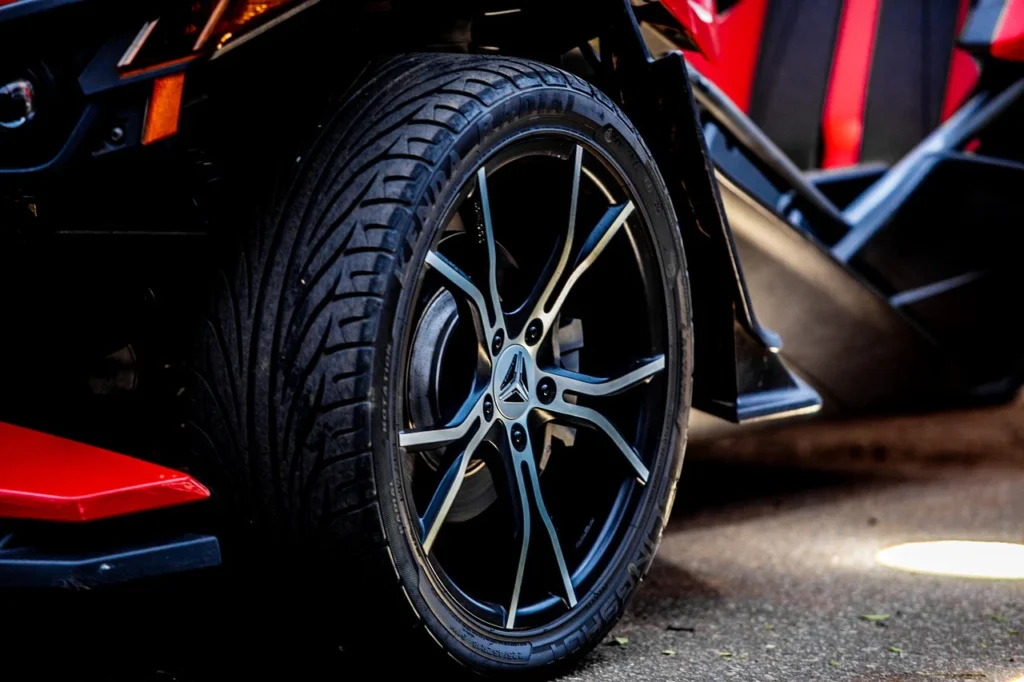In the domain of customary specialties, kiäka stands apart as an exceptional and many-sided type of workmanship that has been esteemed for quite a long time. Starting from a rich social legacy, kiäa isn’t simply a specialty yet an image of imaginativeness, custom, and local area. This article dives profound into the pith of kiäka, investigating its set of experiences, strategies, social importance, and cutting edge applications.
The Historical Roots of KiÄka
Kiäka, a conventional art with profound verifiable roots, has been a huge piece of social articulation for ages. The starting points of kiäka can be followed back to antiquated times when craftsmans utilized regular materials to make unpredictable plans. Throughout the long term, this art has advanced, integrating different impacts and strategies, at this point holding its one of a kind character.
The Art of KiÄka: Techniques and Materials
Making a kiäka includes a fastidious cycle that requires tolerance, expertise, and innovativeness. The essential materials utilized in kiäa are regular strands, colors, and once in a while valuable metals. Craftsmans start by setting up the materials, guaranteeing they are of the greatest quality to accomplish the ideal outcomes.
- Material Readiness: The initial step includes choosing and setting up the strands. These are frequently obtained from nearby plants or creatures, guaranteeing manageability and genuineness.
- Coloring: Normal colors are utilized to variety the filaments. This step is vital as it decides the energy and life span of the kiäka.
- Winding around and Tying: The real production of the kiäa includes unpredictable winding around and hitching procedures. Each plan is painstakingly arranged and executed, bringing about a one of a kind piece of craftsmanship.
Cultural Significance of KiÄka
KiÄka holds immense cultural significance, often symbolizing heritage, identity, and community. In many societies, kiäa is utilized in functions, celebrations, and day to day existence, filling in as an association with the past and a method for passing down customs. It isn’t simply a beautifying thing however a portrayal of social qualities and shared bonds.
- Formal Use: Kiäka is many times utilized in different services, from weddings to strict ceremonies. Each piece recounts a story, typifying the convictions and customs of the local area.
- Symbol of Identity: For many, kiÄk is a symbol of identity. The examples and plans frequently mirror the exceptional qualities of a local area, making it a fundamental piece of social articulation.
- Monetary Significance: In certain districts, kiäk is likewise a significant financial movement, giving vocations to craftsmans and adding to the nearby economy.
Modern-Day Applications of KiÄka
While kiäka is established in custom, it has likewise tracked down its spot in the cutting edge world. Contemporary craftsmen and planners are integrating kiäk into their work, making a combination of customary and present day feel. This has helped in protecting the specialty as well as in elevating it to a more extensive crowd.
- Style and Adornments: Kiäa is progressively being utilized in design, from attire to embellishments. Designers are creating unique pieces that showcase the beauty of kiÄk while making it accessible to contemporary audiences.
- Home Decor: KiÄa has become a popular choice for home decor. From inside decorations to table cloths, these pieces add a dash of custom and style to current insides.
- Craftsmanship and Displays: Numerous specialists are currently investigating kiäk as a mode for their work. Exhibitions showcasing kiÄka not only highlight its artistic value but also educate people about its cultural significance.
Preserving the Art of KiÄka
The preservation of kiÄka is crucial for maintaining cultural heritage and supporting artisan communities. Efforts are being made to document traditional techniques, provide training for new artisans, and create markets for kiÄa products.
- Documentation and Research: Scholars and cultural organizations are working to document the techniques and history of kiÄka. This aides in safeguarding the information and giving it to people in the future.
- Preparing and Studios: To keep the art alive, different preparation projects and studios are being coordinated. These give a stage to new craftsmans to master and improve their abilities.
- Market Creation: Creating a market for kiÄka products is essential for the sustainability of the craft. Efforts are being made to promote kiÄka through exhibitions, online platforms, and collaborations with designers.
The Future of KiÄka
The future of kiäka looks encouraging, with a developing appreciation for customary specialties and a craving to safeguard social legacy. By coordinating kiäa into present day plan and advancing it all around the world, we can guarantee that this wonderful specialty keeps on flourishing.
- Global Promotion: Promoting kiÄa on a global platform helps in reaching a wider audience and generating interest in the craft.
- Innovative Designs: Imaginative Plans: Empowering development in kiäa plans can draw in contemporary customers while saving conventional procedures.
- Support for Craftsmans: Offering help for craftsmans through preparing, assets, and market access is significant for the manageability of kiäka.
Conclusion
Kiäka is something other than a specialty; it is a demonstration of human imagination, social legacy, and the magnificence of custom. By understanding its importance and supporting its safeguarding, we can guarantee that kiäa stays an energetic and loved piece of our social scene.





